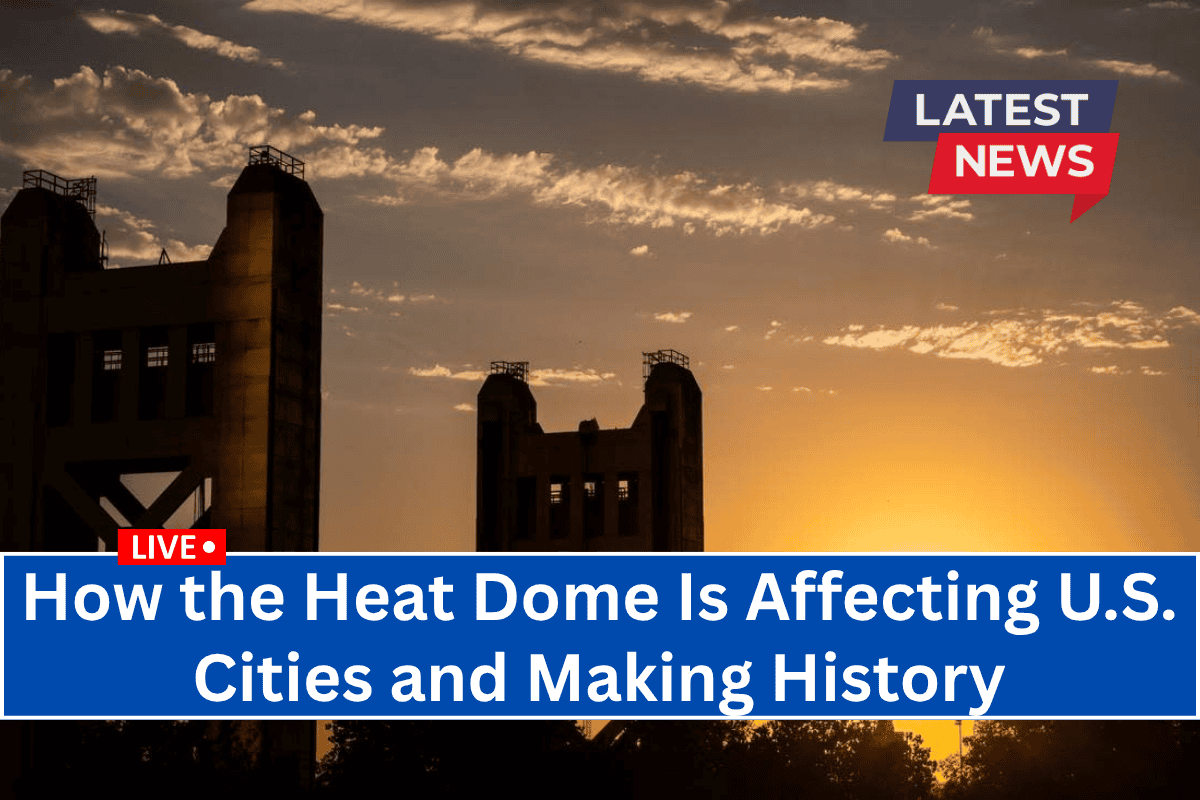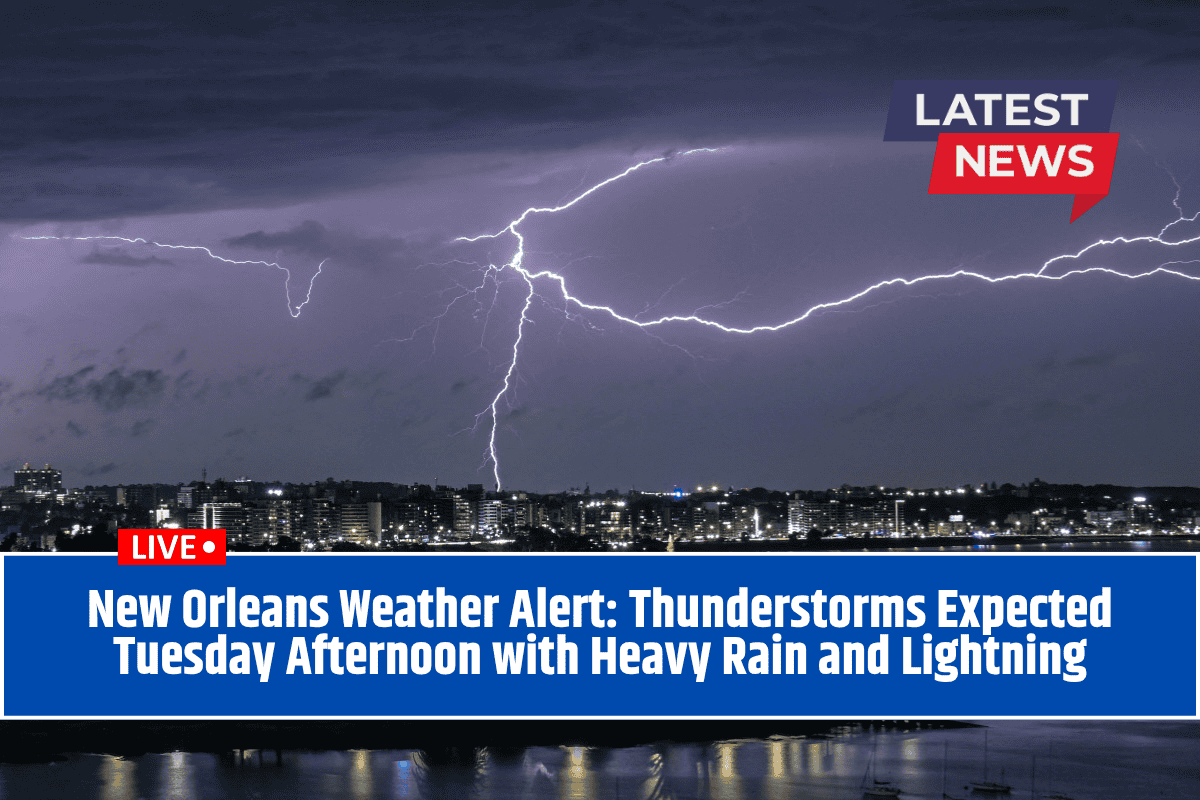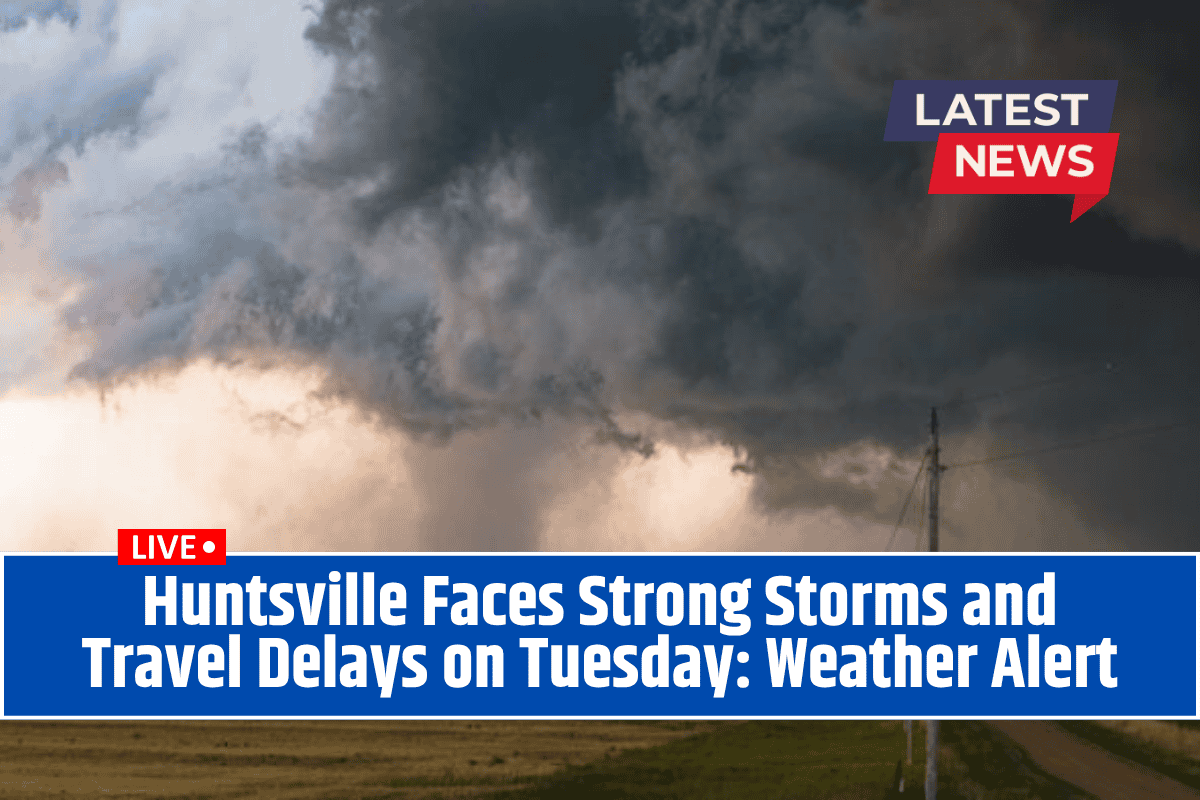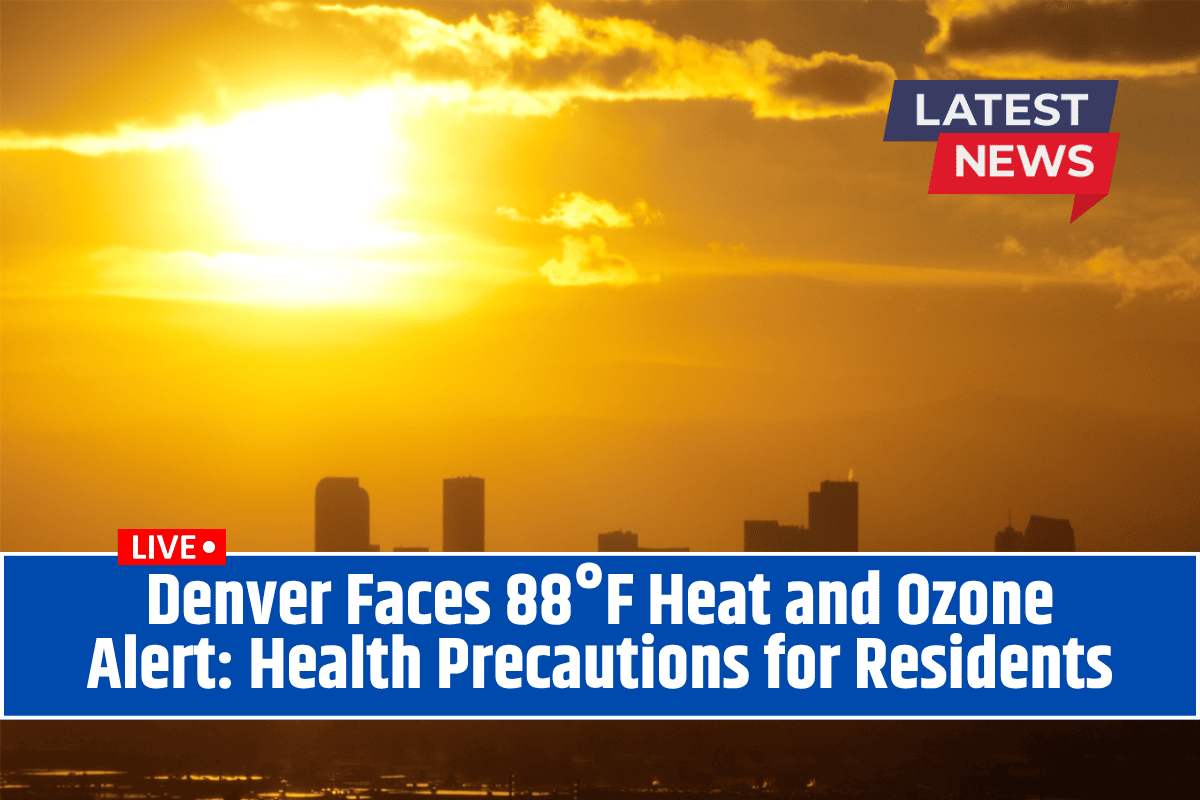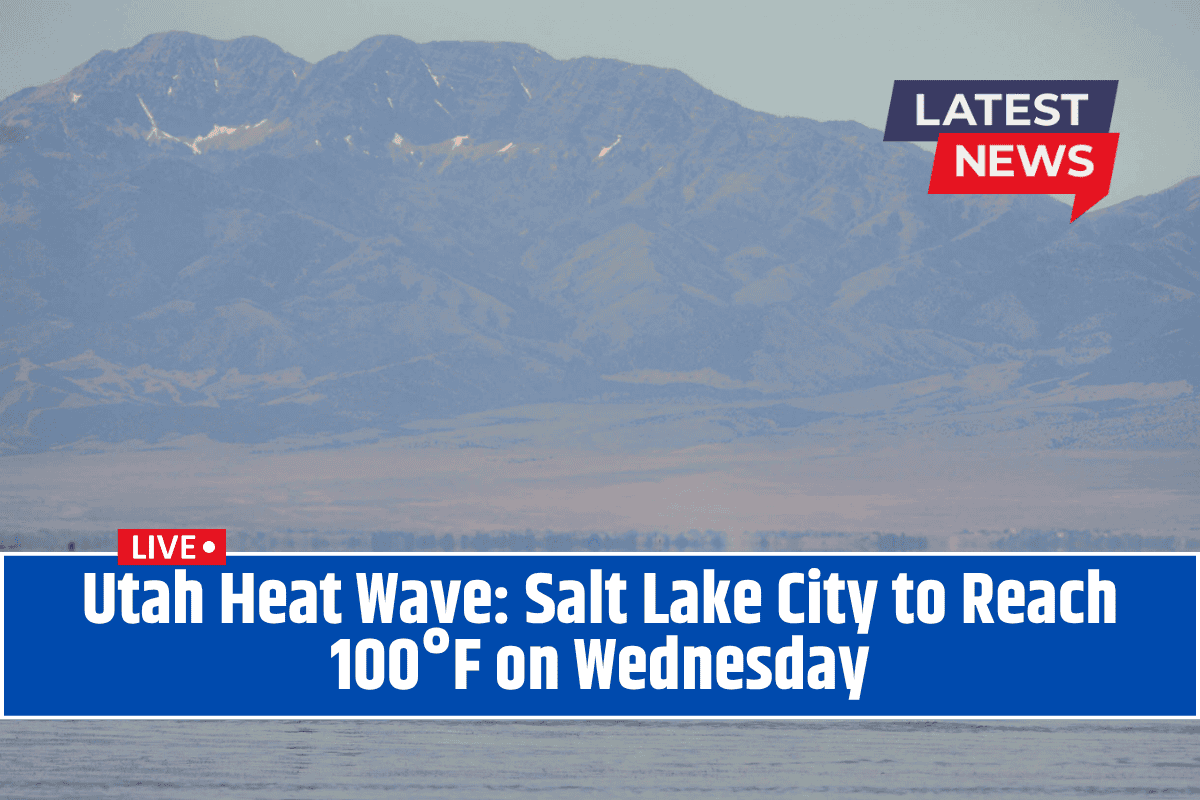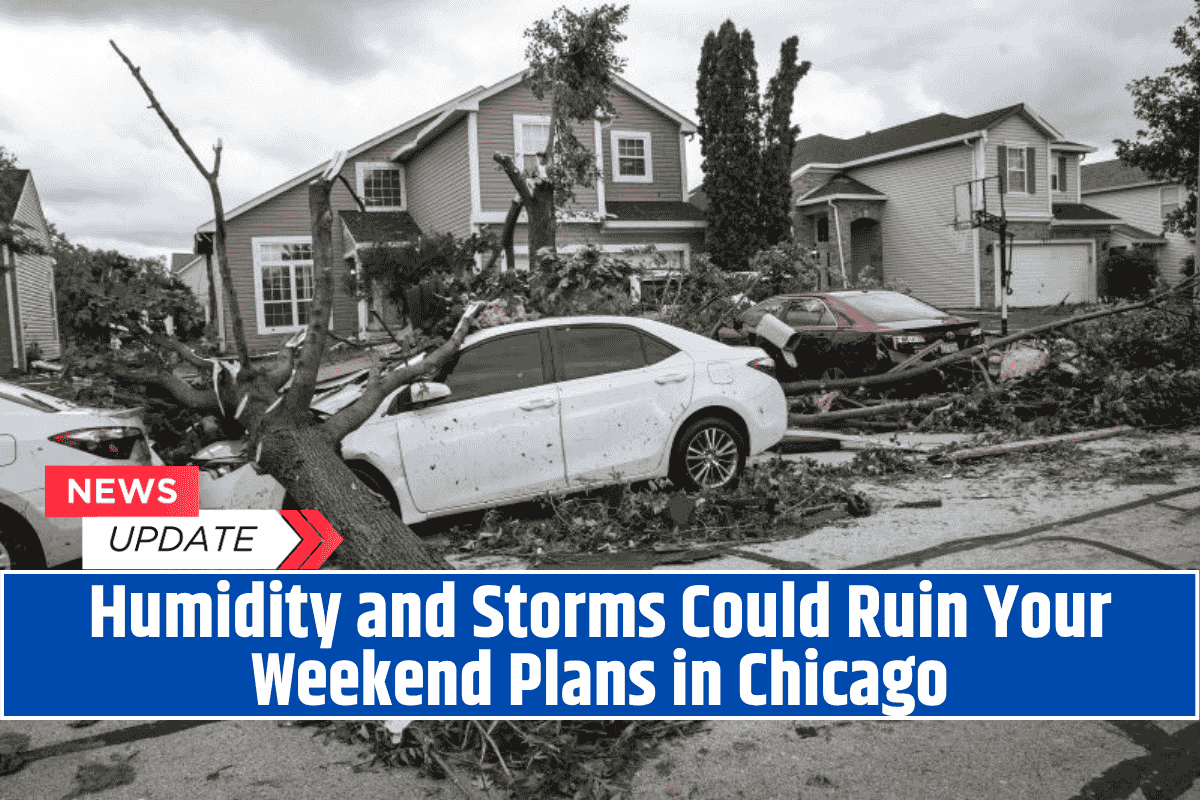NEW YORK — A dangerous heat dome is affecting much of the Eastern U.S. this week, bringing triple-digit temperatures to cities that haven’t seen such heat in over a decade.
The heat is especially intense because it’s hitting early in the summer, catching people off guard before they’ve had time to adjust to the high temperatures.
What is a Heat Dome?
A heat dome happens when a large area of high pressure traps hot air and humidity in place, preventing cooler air from moving in. The high pressure acts like a lid on a pot, making temperatures even hotter. A heat wave is defined as unusually hot weather lasting three days or more.
Record-Breaking Heat
This week, nearly three-quarters of the U.S. population, about 245 million people, will experience temperatures of 90°F (32°C) or higher. 33 million people will feel 100°F (38°C) or more on Tuesday, June 25. Cities like New York, Philadelphia, and Boston are expected to see unusually high temperatures.
- New York City hasn’t seen 100°F since 2011.
- Philadelphia hasn’t reached 100°F since 2012.
- Washington D.C., Baltimore, and other cities are also facing record heat.
In Baltimore, temperatures reached the high 90s early in the day, leading to power outages and forcing people to find cool places to stay.
Health Risks and Strain on Daily Life
The extreme heat has forced the cancellation of events in Baltimore and has led to health concerns for people working outside or in poorly air-conditioned areas. Eric Davis Sr., who works at a baseball field in west Baltimore, noted that children were particularly vulnerable to heat stroke.
NOAA meteorologist David Roth explained that many people have not yet acclimated to the hot weather, and the sudden shift in temperatures could cause problems. Some places are experiencing 40 degrees more heat than just a week ago, making this heat wave even more dangerous.
Climate Change and Warming Temperatures
This heat is also linked to climate change, which has caused the Earth to warm by about 2.4°F (1.3°C) over the past 50 years. Climate experts say that human-caused climate change has made this heat wave three times more likely than it would have been without the burning of fossil fuels.
The humidity will add to the discomfort, with many areas expected to have dew points in the 70s, making it feel like you’re in a swimming pool. Some places may even approach dew points of 80°F, which could make the heat even more dangerous.
The Danger of Early Summer Heat
While people are used to hot temperatures later in the summer, this early-season heat is a shock to the system, according to experts. Bernadette Woods Placky, Climate Central’s chief meteorologist, explained that the early arrival of such extreme heat is especially dangerous because people haven’t yet adapted to the heat of the season.
When Will the Heat End?
The worst of the heat is expected to peak on June 25, with temperatures expected to drop in the coming days. However, the damage to crops, public health, and daily life will last for a while.
